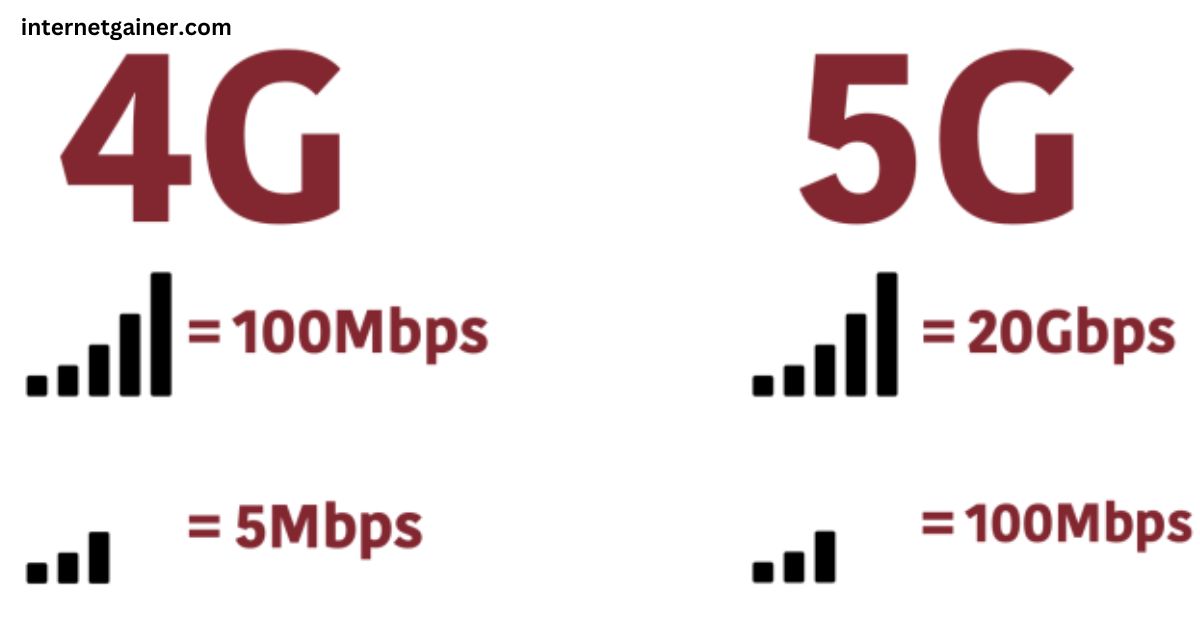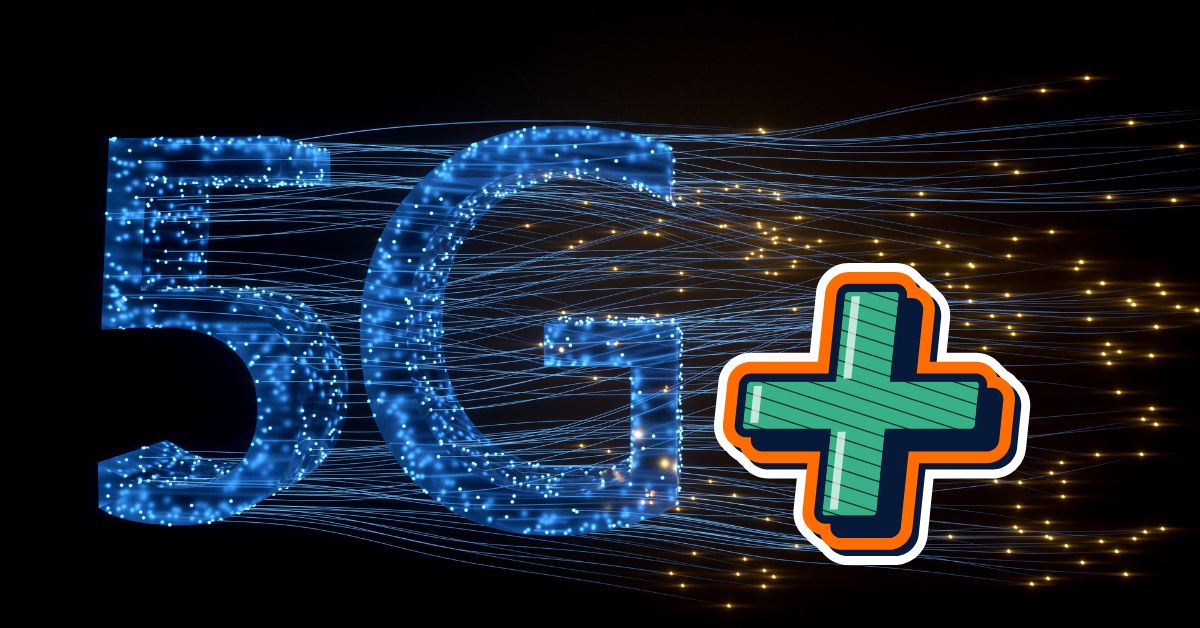The world of mobile technology is rapidly evolving, and with the advent of 5G networks, users are excited about faster speeds and improved connectivity.
However, before embracing this new era, it’s essential to understand how 4G LTE (Long-Term Evolution) speeds compare to 5G speeds. This comparison will give a clearer picture of the technological leap between these two generations of mobile networks.
1. Understanding 4G LTE Max Speeds
4G LTE has been the standard for mobile communication for over a decade, offering significant improvements over its predecessor, 3G.
4G LTE speeds vary depending on the network provider and geographical location but can typically reach peak download speeds of up to 1 Gbps (Gigabit per second) under optimal conditions.
In practical use, 4G speeds usually range from 10 Mbps to 100 Mbps for download and 5 Mbps to 50 Mbps for upload.
4G LTE has made possible high-definition video streaming, faster file downloads, and smoother browsing experiences, but its maximum speed has limits, especially when compared to the latest mobile network technology, 5G.
2. What is 5G and Its Max Speed?
5G is the fifth generation of mobile network technology, designed to provide much faster speeds, lower latency, and better reliability than 4G.
Unlike 4G, 5G leverages a wider spectrum of frequencies, including millimeter-wave bands (above 24 GHz), which significantly increase data transfer rates.
The max speed of 5G is an impressive 10 Gbps—that’s up to 10 times faster than the theoretical maximum of 4G LTE. However, in real-world scenarios, 5G speeds can range from 100 Mbps to 1 Gbps depending on the specific 5G band, network conditions, and the user’s proximity to a 5G tower.
3. Key Differences in Speed Between 4G LTE and 5G
- Peak Speed: The max theoretical speed of 4G LTE is 1 Gbps, while 5G can theoretically reach up to 10 Gbps, offering a 10x speed boost.
- Download and Upload Speeds: 4G LTE provides practical download speeds of 10-100 Mbps, whereas 5G can offer download speeds between 100 Mbps and 1 Gbps in real-world use, with the potential to reach higher speeds under ideal conditions.
- Latency: One of the standout features of 5G is its low latency (as low as 1 millisecond), which is much faster than 4G’s 30-50 milliseconds. This makes 5G ideal for real-time applications like online gaming, remote surgery, and autonomous vehicles.
- Network Capacity: 5G networks can support far more devices per square kilometer than 4G, making them better suited for crowded environments, such as stadiums or urban areas with high device density.
4. Practical Impact on Users
- Faster Streaming and Downloads: With 5G, users can stream ultra-high-definition content (like 4K and 8K videos) without buffering, whereas 4G may experience occasional buffering for higher-resolution content. Large file downloads, such as movies or software updates, will also be completed much faster on 5G.
- Enhanced Mobile Gaming: With the reduced latency and faster speeds of 5G, mobile gamers will experience lag-free gaming and faster load times, which is a significant upgrade over 4G.
- Future Applications: While 4G is suitable for today’s needs, 5G opens the door to the Internet of Things (IoT), smart cities, augmented reality (AR), and virtual reality (VR) applications, providing faster and more reliable connections for these emerging technologies.
5. Conclusion: Is 5G That Much Better Than 4G?
While 4G LTE has revolutionized mobile connectivity, 5G offers exponential improvements in speed, latency, and network efficiency. For everyday users, the difference in speeds may not be drastically noticeable on 4G if you’re simply browsing or using apps.
However, as technology advances, the full potential of 5G will shine through in areas like real-time communication, immersive entertainment, and the growing connected ecosystem.
In short, 5G is the future, delivering speeds that can support next-gen applications and offer an entirely new level of connectivity. However, 4G LTE will continue to be relevant for some time, especially as 5G infrastructure is still being rolled out globally.
In the race between 4G LTE and 5G, 5G undoubtedly leads, but both technologies will coexist, catering to different needs and use cases for years to come. For more 5g Internet information check the internetgainer.



